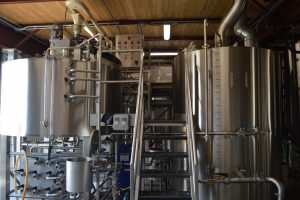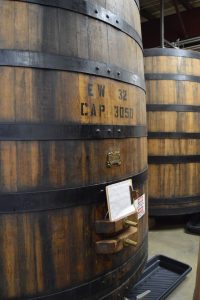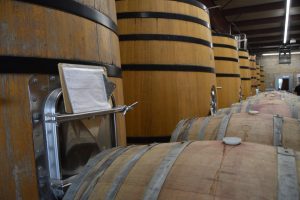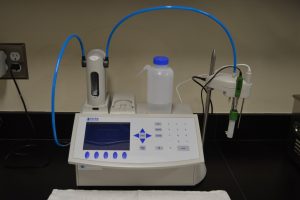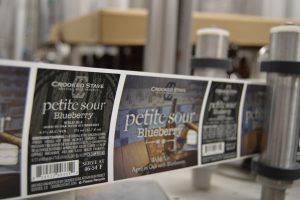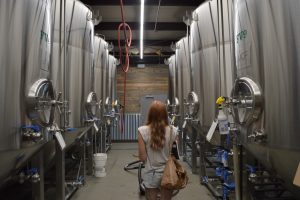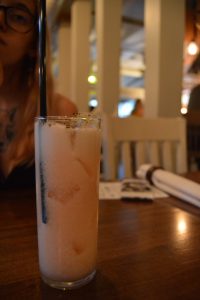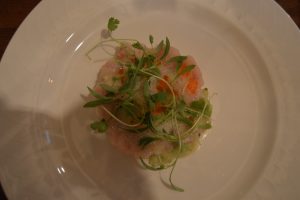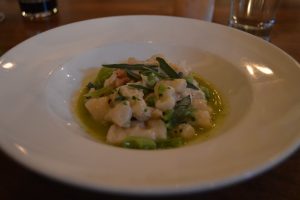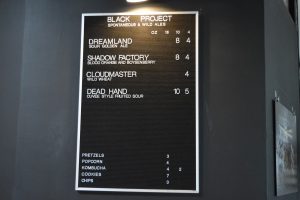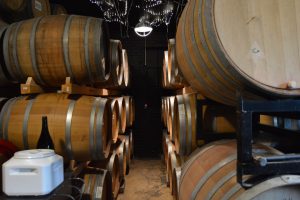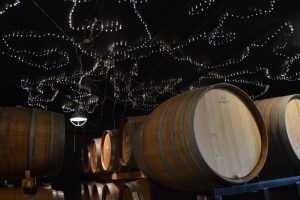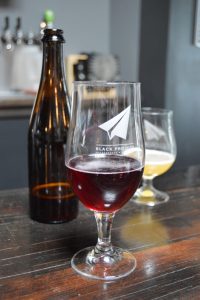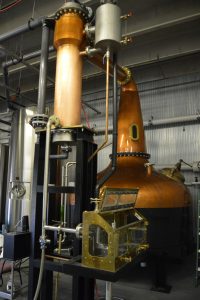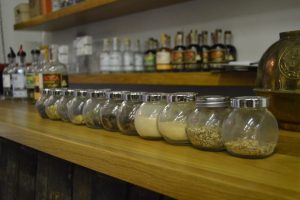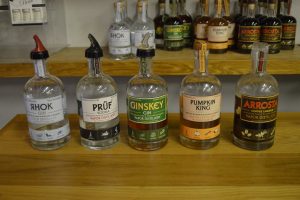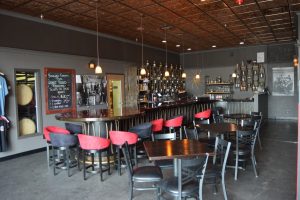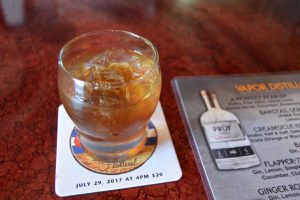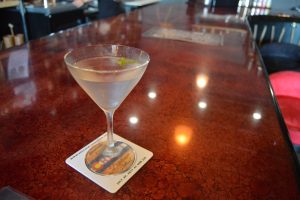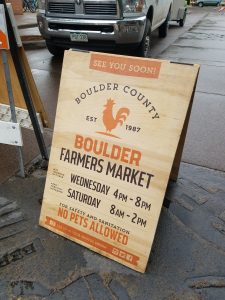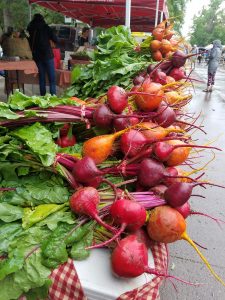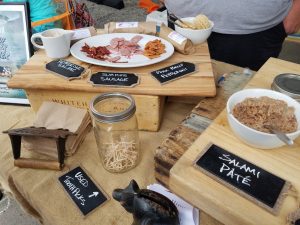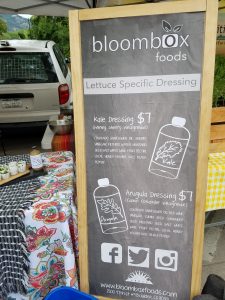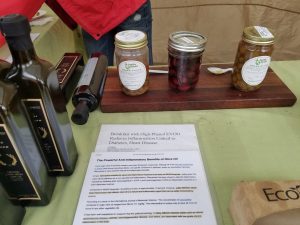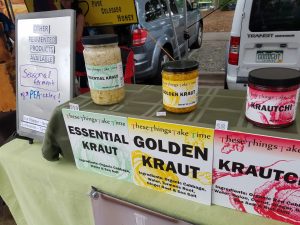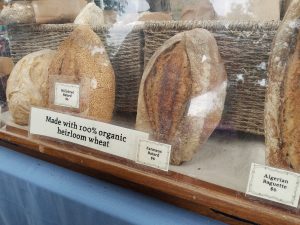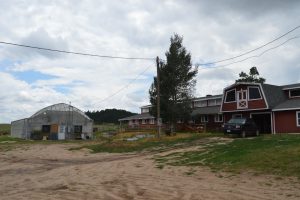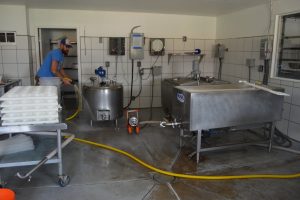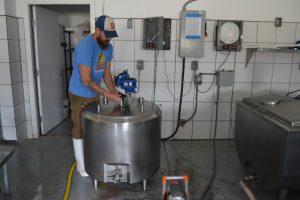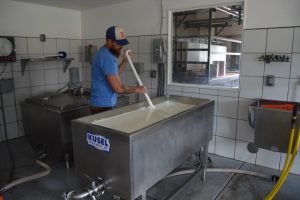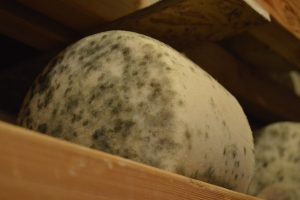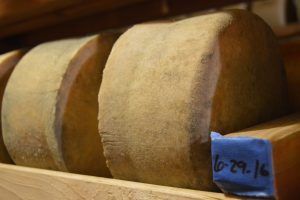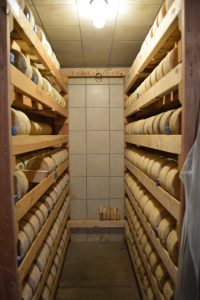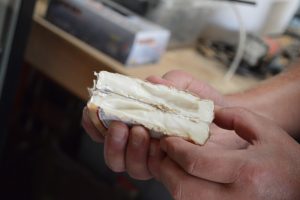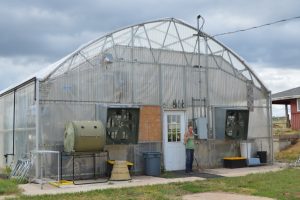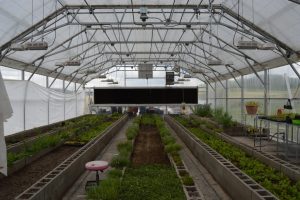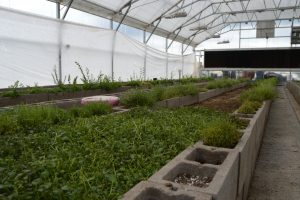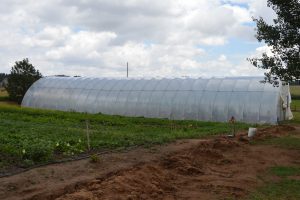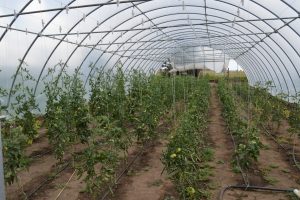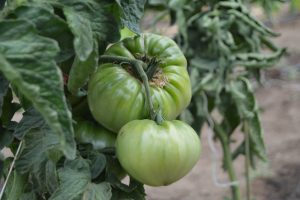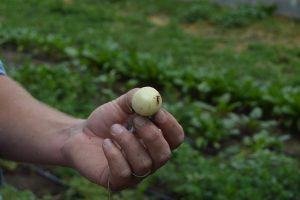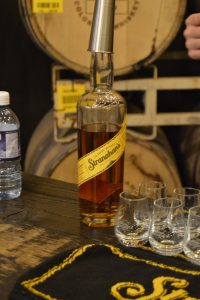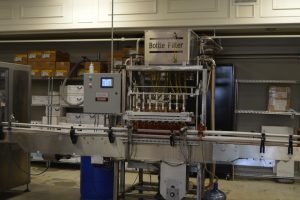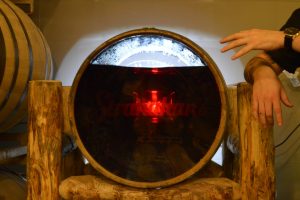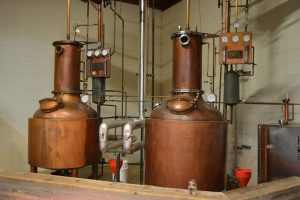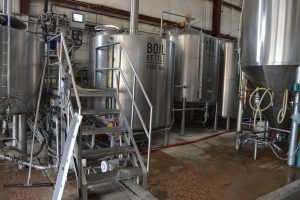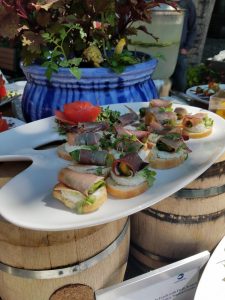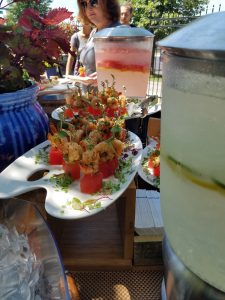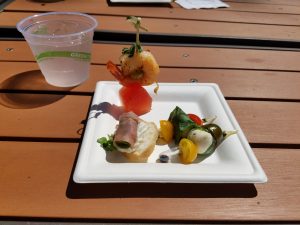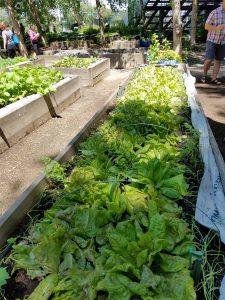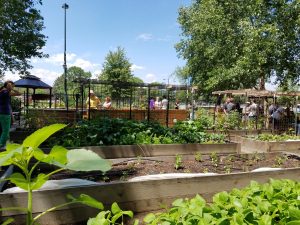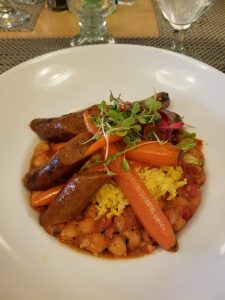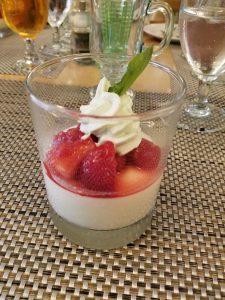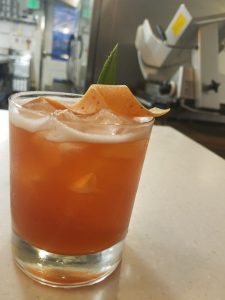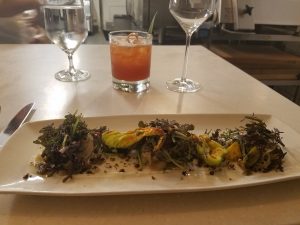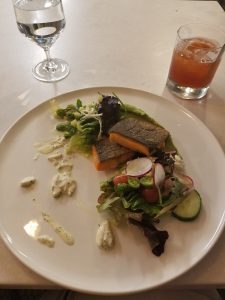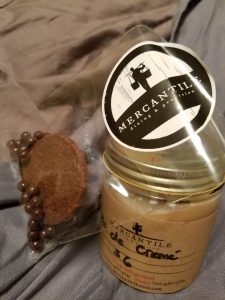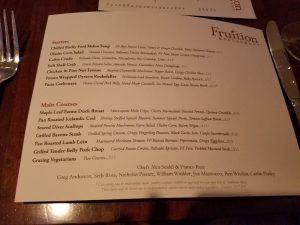
Being on time is not my strong point, and apparently having good cell phone reception in Denver isn’t T-mobile’s strong point either. With no service or wi-fi to order an uber, I frantically flagged down a cab in an attempt to not be late to my first dinner reservation of the trip. As we pulled up to Fruition, I ran inside and was only five minutes late, but the service staff didn’t even bat an eye. I was greeted with friendly familiarity and was asked when I would be visiting the farm. Looking around, the restaurant itself was quaint and unassuming. It seemed like a great place for intimate gatherings and the atmosphere made you feel right at home. Instead of feeling isolated from the other diners, I felt a part of their experience and eagerly looked forward to seeing the results of their dinner orders appear on the table.
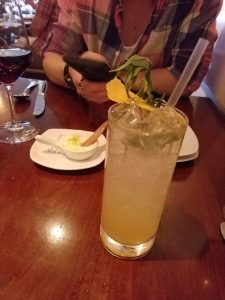
The server started us off with complimentary table wine while we looked over our drink menus to decide what would pair best with our chosen dinners. I ordered the ‘Easy Street’ cocktail (Silver Tree Vodka, Cocchi Americano, Grapefruit Tarragon Syrup) while my partner ordered a 2013 Pinot Noir from Willamette Valley.
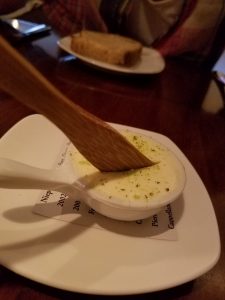
Bread and butter was dropped off at our table, which was not unexpected, but the butter was topped with thyme and sea salt. This made it that much better and left me wanting to ask for a to go box to take the butter home. (I really wish I had! It was so simple, but it really left a lasting impression on me.) As we finished our bread, another complimentary chef starter was introduced to us; fruition farm’s sheep milk mozzarella stretched over corn and tomatoes with a white base and bread crumbs on top. Such a lovely and light dish to showcase the mozzarella; thinking about it as I write this blog post has me yearning for more, but I guess my block of goat cheddar will have to suffice.
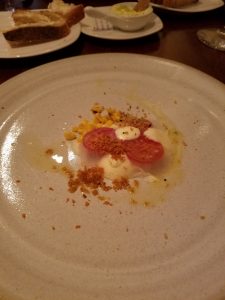
It was less than halfway through the meal and I was already impressed, so when they brought out the two starters that we ordered I was floored. Mine was the ‘Chilled Rocky Ford Melon Soup’, with the base being Fruition Farm’s sheep milk skyr panna cota topped with baby heirloom tomatoes and a honey + ginger crumble. This dish was the embodiment of Summer to me; so light, sweet, and rich at the same time paired with the lovely refreshing taste of melons.
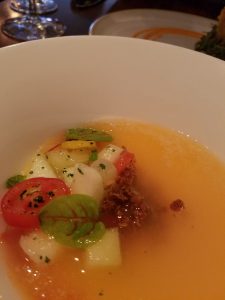
My partner ordered a starter that was quite the opposite: ‘Chicken & Pine Nut Terrine’ with roasted chanterelle mushrooms, pepper relish, and chicken skin. It was salty, savory, and umami. The comparisons between the two were night and day, which was fine by me because I was madly in love with my melon soup and would fly back to Denver to have it again if given the chance. (Although I wasn’t crazy about the pate, I did have a soft spot for the roasted chanterelles!)
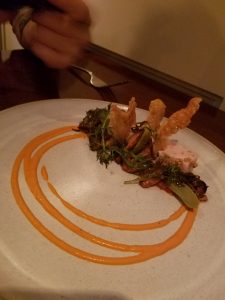
Finally our entrees arrived and they were beautiful. I had the ‘Pan Roasted Icelandic Cod’ with shrimp stuffed squash blossoms, summer squash puree, and a tomato saffron broth. (All of the squash in this dish came from Fruition Farms.) The dish paired perfectly with my cocktail and summer-esque starters; it was all on the same flavor wavelength which made everything that much more perfect.
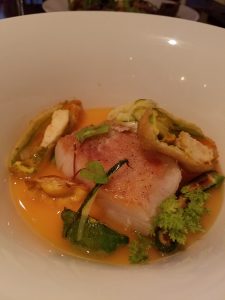
My partner stuck with the umami and savory street by ordering the ‘Grilled Bavette Steak’ (rare) with grilled spring onions, crispy fingerling potatoes, black garlic jam, and confit sweetbreads. I managed to steal a bite away from him and it was the best bite of steak I had ever had in my life (mind you though, I never eat steak). The steak comes from a farmer in Arkansas City, whom Alex Seigal has had a personal relationship with for the past ten years; the waiter emphasized that the cows were very happy as well.

Although I was completely stuffed by the time we finished our entrees, I couldn’t resist the dessert menu. Our waiter said that they were known for their lemon meringue pie and they also offered a cheese plate featuring a trio of Shepherd’s cheese from Fruition Farms. Although we were tempted by the cheese, we eventually settled on the ‘Strawberry & Rhubarb’ featuring citrus poundcake, lemon curd, and Shepherd’s Halo-Vanilla Mousse. The mousse also came from the creamery and was surprisingly not sweet; the sheep’s milk evident in its flavor. Overall, the dessert was an expected success for my palette, even though the mousse was a bit off key.
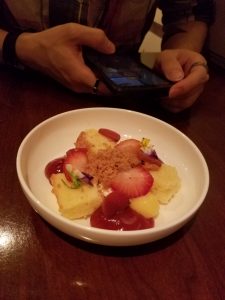
To conclude, Fruition was hands down my favorite meal in Denver and a great introduction to farm-to-table eating. Of course not all ingredients come from the farm, but instead they acted as supporting stars to the main dish. Generally proteins are sourced from elsewhere, but what was really unique about Fruition is the fact that all their cheese comes from their own creamery. In fact, Fruition farms is the only sheep milk creamery in Colorado.

http://www.fruitionrestaurant.com/


